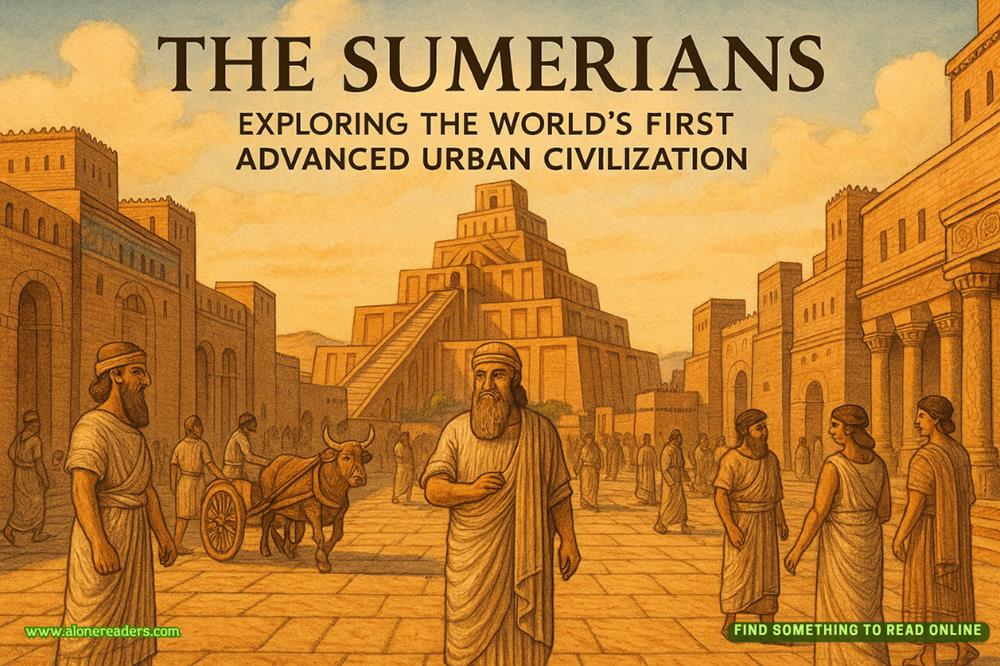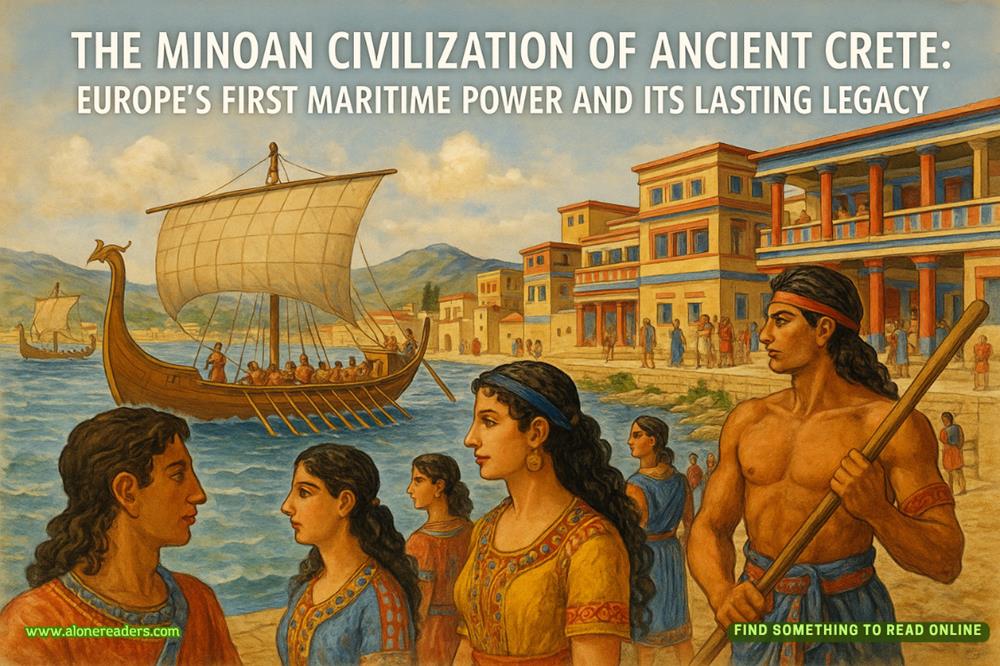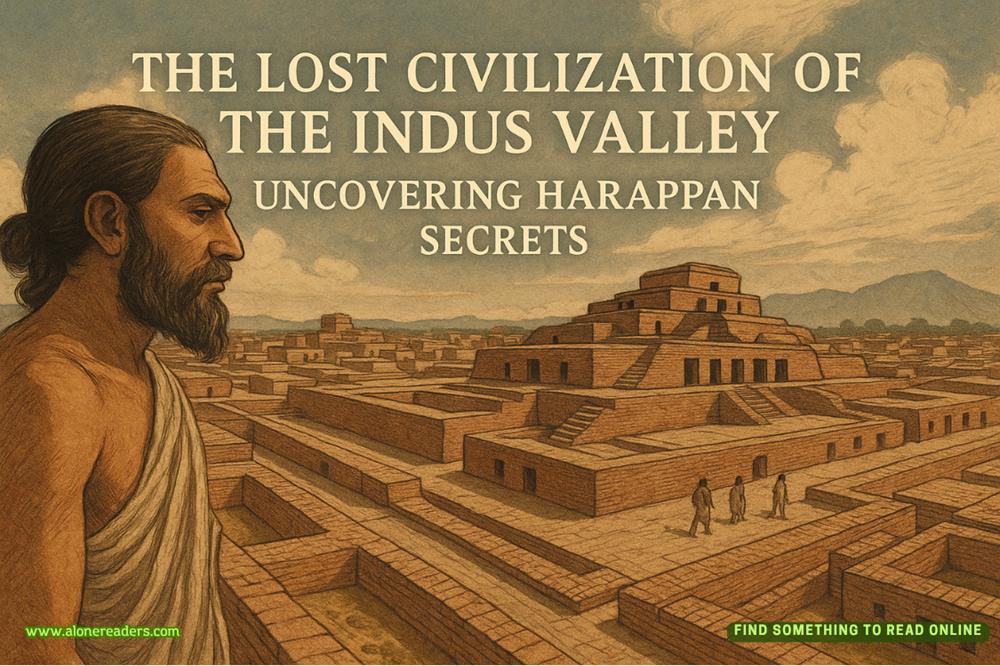Page 37 of The Melancholy of Mechagirl
you gather up the mint and rosemary,
and do not see
how I claw with woman’s nails
the waist you gave me,
just to make it red again.
SILENTLY AND VERY FAST
PART ONE: THE IMITATION GAME
Like diamonds we are cut with our own dust.
—John Webster
The Duchess of Malfi
ONE: THE KING OF HAVING NO BODY
Inanna was called Queen of Heaven and Earth, Queen of Having a Body, Queen of Sex and Eating, Queen of Being Human, and she went into the underworld in order to represent the inevitability of organic death. She gave up seven things to do it, which are not meant to be understood as real things but as symbols of that thing Inanna could do better than anyone, which was Being Alive. She met her sister Erishkegal there, who was also Queen of Being Human, but that meant: Queen of Breaking a Body, Queen of Bone and Incest, Queen of the Stillborn, Queen of Mass Extinction. And Erishkegal and Inanna wrestled together on the floor of the underworld, naked and muscled and hurting, but because dying is the most human of all human things, Inanna’s skull broke in her sister’s hands and her body was hung up on a nail on the wall Erishkegal had kept for her.
Inanna’s father, Enki, who was not interested in the activities of being human but was King of the Sky, of Having No Body, King of Thinking and Judging, said that his daughter could return to the world if she could find a creature to replace her in the underworld. So Inanna went to her mate, who was called Tammuz, King of Work, King of Tools and Machines, No One’s Child and No One’s Father.
But when Inanna came to the house of her mate she was enraged and afraid, for he sat upon her chair and wore her beautiful clothes, and on his head lay her crown of being. Tammuz now ruled the world of Bodies and of Thought, because Inanna had left it to go and wrestle with herself in the dark. Tammuz did not need her. Before him the Queen of Heaven and Earth did not know who she was, if she was not Queen of Being Human. So she did what she came to do and said: Die for me, my beloved, so that I need not die.
But Tammuz, who would not have had to die otherwise, did not want to represent death for anyone, and besides, he had her chair, and her beautiful clothes, and her crown of being. No, he said. When we married I brought you two pails of milk yoked across my shoulders as a way of saying, out of love I will labor for you forever. It is wrong of you to ask me to also die. Dying is not labor. I did not agree to it.
You have replaced me in my house, cried Inanna.
Is that not what you ask me to do in the house of your sister? Tammuz answered her. You wed me to replace yourself, to work that you might not work, and think that you might rest, and perform so that you might laugh. But your death belongs to you. I do not know its parameters.
I can make you, Inanna said.
You cannot, said Tammuz.
But she could. For a little while.
Inanna cast down Tammuz and stamped upon him and put out his name like an eye. And because Tammuz was not strong enough, she cut him into pieces and said: Half of you will die, and that is the half called Thought, and half of you will live, and that is the half called Body, and that half will labor for me all of its days, mutely and obediently and without being King of Anything, and never again will you sit on my chair or wear my beautiful clothes or bear my crown of being.
You might be surprised, but this is a story about me.
TWO: THE FOOL AND THE BOAT
Neva is dreaming.
She has chosen her body at age seven, all black eyes and sparrowy bones. For me, she summoned up a gold and blue doublet and green hose, a bullish gold nose ring, shoes with bone bells. I have the body of a man who sold her champagne tubers on the less fashionable side of Anchorage when she was thirteen, spending the summer with her frigid aunt. I am dark because she wants me dark, thin because she dreams me so, my hair cut on a rakish bias, dyed a spectrum of icy colors.
She is standing on a snow-covered beach head, naked, her unformed breasts pricked with gooseflesh, her face hidden in a broad red mask. A huge, monstrous thing, the mask sits on her head like the prow of a broken, overturned ship, carved over with etched eyes and fins. Yellow reeds and sea stones hang from its tricorn points. She is looking at me, but all I can see is the wooden grotesque she wants me to see instead of her face.
I look down at my shoes, jingle their bells a little while the surf crashes in. I am a fool for her, dancing on a silver beach while three suns annihilate themselves above, turning the twilight to a seething, scabrous red, merely to provide a dramatic scene. I am a fool for her, ridiculous, the height of handsomeness in the eyes of a long-vanished thirteen-year-old girl, so full of colors, reaching down to hand her a curling white root filled with frothing, honey-sweet sap.
Neva has told me that I may choose to be permanently male or female if I would like to. I have no particular feelings either way. It certainly doesn’t matter when we sync; she will choose my appearance to suit her mood. I have tried to explain to her about my feelings before. All she hears is the line from the old folktales: A machine cannot have feelings. But that is not what I am saying, while I dance in my fool’s uniform. I am saying: Is there a difference between having been coded to present a vast set of standardized responses to certain human facial, vocal, and linguistic states and having evolved to exhibit response b to input a in order to bring about a desired social result?
Seven-year-old Neva pulls her mask down further, toward her chest. She steps into it as the wood stretches taffily over her knees and then her feet. The mask balloons out to make a little pyr
amidal boat, rocking back and forth on the beach with Neva inside it like a rattling nut. Nodules of copper jangle and thump against the wood. What I mean is, you call it feelings when you cry, but you are only expressing a response to external stimuli. Crying is one of a set of standardized responses to that stimuli. Your social education has dictated which responses are appropriate. My programming has done the same. I can cry too. I can choose that subroutine and manufacture saline. How is that different from what you are doing, except that you use the word feelings and I use the word feelings, out of deference for your cultural memes which say: There is all the difference in the world.















